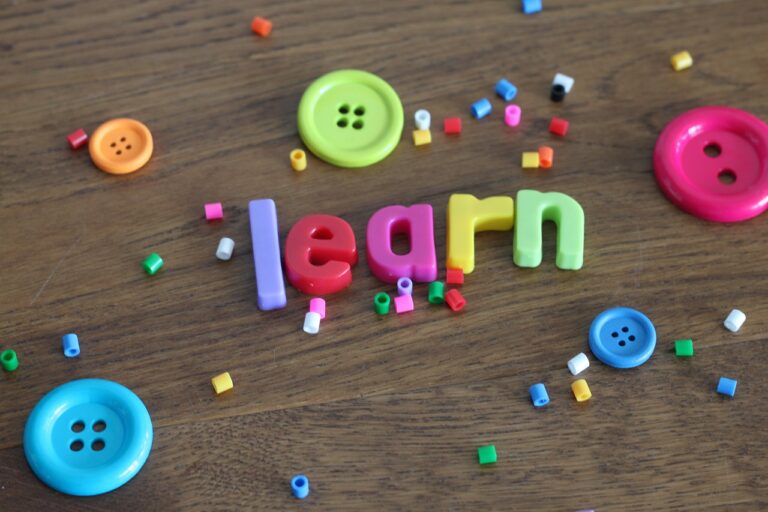Analyzing the Role of Virtual Reality in Military Simulation Training
Virtual reality technology has revolutionized military training by offering realistic and immersive simulations that enhance the learning experience for soldiers. Through virtual reality, trainees can practice various scenarios multiple times, which is essential for mastering skills in a safe environment. This technology allows for the creation of dynamic and interactive training programs that can adapt to different skill levels, ensuring that each individual receives personalized instruction.
One of the key advantages of virtual reality in military training is its ability to simulate high-pressure and dangerous situations without putting personnel at risk. Soldiers can engage in simulated combat missions, medical emergencies, or decision-making scenarios that closely mimic real-world conditions. By exposing trainees to these challenging scenarios in a controlled setting, virtual reality helps them develop critical thinking skills, improve response times, and enhance overall readiness for deployment.
Evolution of Simulation Training in the Military
Simulation training in the military has evolved significantly over the years, offering a more immersive and realistic experience for trainees. The advancement of technology has played a key role in this progress, allowing for complex scenarios to be replicated with higher fidelity and accuracy.
Gone are the days of simple mock exercises; modern simulation training now incorporates virtual reality, enabling soldiers to train in simulated environments that closely resemble real-life situations. This shift towards more sophisticated training methods has proven to be highly beneficial, as it helps in preparing military personnel for the challenges they may face in the field.
Benefits of Virtual Reality in Military Simulation Training
Virtual Reality (VR) technology has revolutionized military simulation training by providing a highly immersive and interactive learning experience for soldiers. The realistic scenarios and environments created through VR allow military personnel to practice various missions and maneuvers in a safe yet realistic setting. This helps in improving decision-making skills, enhancing situational awareness, and ultimately preparing soldiers for dynamic and unpredictable combat situations.
Moreover, the use of VR in military simulation training has proven to be cost-effective in the long run. By reducing the need for physical equipment, ammunition, and logistical support for traditional training exercises, VR training can significantly lower operational costs for the military. Additionally, the ability to repeat scenarios and receive immediate feedback in a virtual environment allows for more efficient learning and skill development, ultimately leading to better-prepared and more adaptable military personnel.
What is virtual reality technology?
Virtual reality technology is a computer-generated environment that simulates a realistic experience. It can be used for various purposes, including training and entertainment.
How has simulation training evolved in the military?
Simulation training in the military has evolved from basic computer simulations to advanced virtual reality technology. This has allowed for more immersive and realistic training scenarios.
What are the benefits of using virtual reality in military simulation training?
Some benefits of using virtual reality in military simulation training include enhanced realism, improved engagement and retention, cost-effectiveness, and the ability to train in various environments and scenarios.
How does virtual reality technology benefit military personnel?
Virtual reality technology allows military personnel to practice and refine their skills in a safe and controlled environment. It also provides them with the opportunity to experience realistic combat scenarios without the risk of injury.
Can virtual reality technology be used for other purposes besides training in the military?
Yes, virtual reality technology can be used for a variety of purposes, including medical training, disaster preparedness, and entertainment. Its applications are constantly expanding as technology advances.





